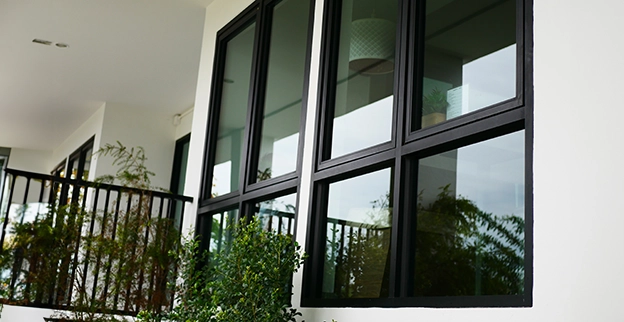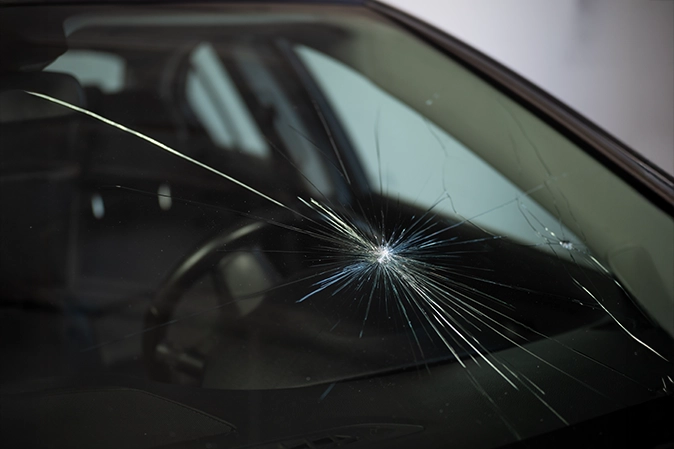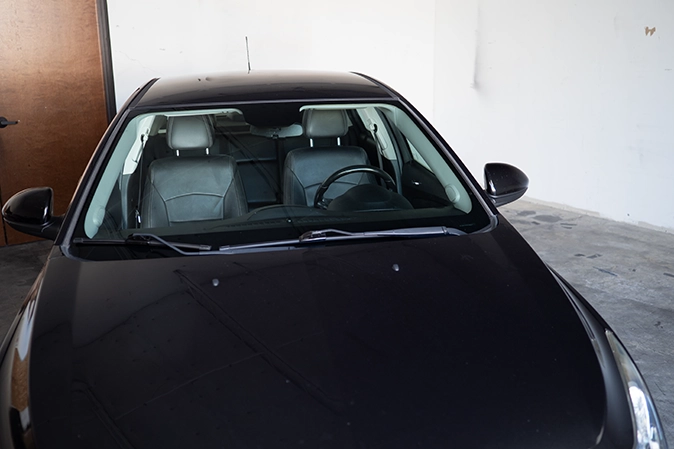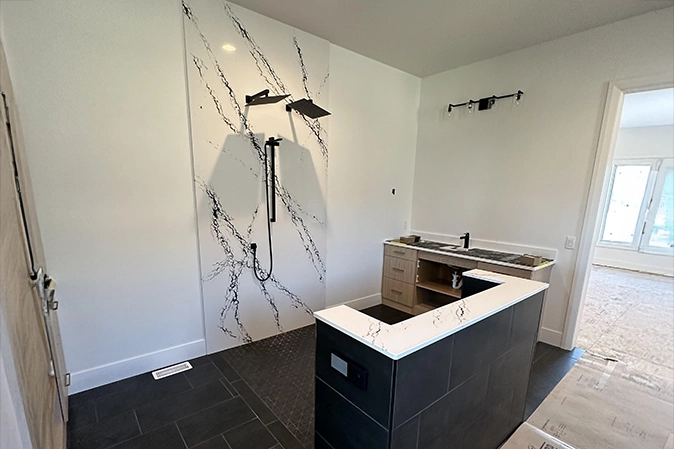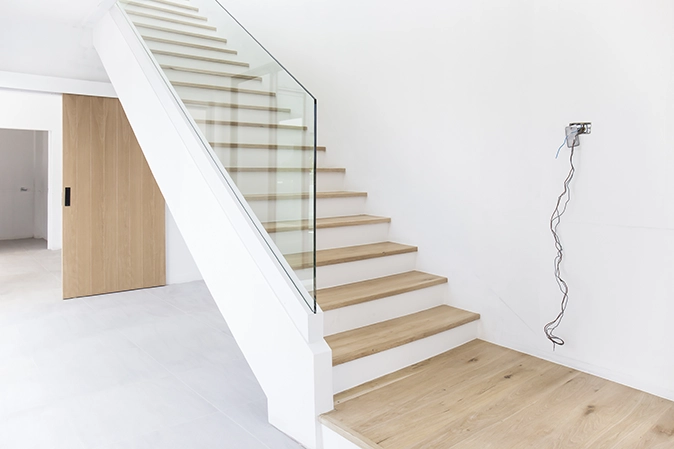We install home window tint film to reduce energy costs, protect your family or furniture from UV rays, and enhance safety or increase privacy for your residential area. Contact your local Glass Doctor® today for fast, affordable home window tinting and window film application services.
Home Window Tint Levels
There are many different window tint level options. The level that is right for your home will depend on several factors, including where you live, which direction your windows face, and your personal preferences for blocking light. Our local professionals can help you select the one that works best for you and your home.
Our local service professionals are eager to help you use this innovative product to reduce glare, protect your family and possessions, and reduce energy costs.
-
Clear (90-100% VLT): Untinted films are designed to permit maximum visible light transmission while still providing some UV protection. They’re preferred among those who desire minimal change to their window appearance.
-
Light Tint (70-90% VLT): Lightly tinted films offer a slight reduction in glare and heat while maintaining sound visibility. They’re popular for homeowners who want a subtle tinting effect.
-
Medium Tint (30-50% VLT): Medium tint films provide increased privacy and can significantly reduce heat. They offer a noticeable shading effect while still maintaining reasonable visibility.
-
Dark Tint (5-30% VLT): Darker tint films offer enhanced privacy and a substantial reduction in glare and heat. However, they may limit visibility, especially at night. Dark tints are commonly chosen for bedrooms or other areas where privacy is a priority.
-
Privacy Tint (5-20% VLT): Privacy or reflective films not only reduce glare and heat but also make it difficult for people outside to see inside. These films often have a mirrored appearance from the outside, offering maximum privacy.
Window Tinting Solutions
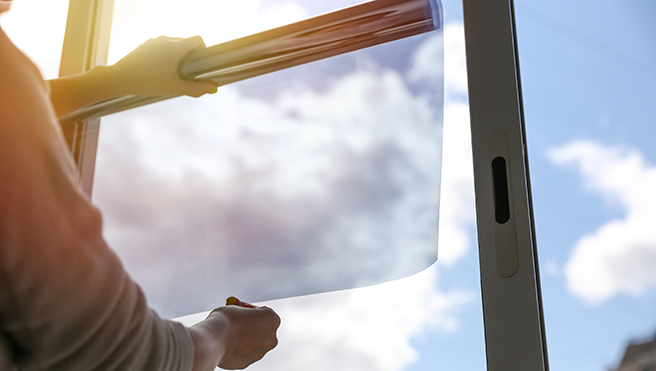
Home Glass Services

-
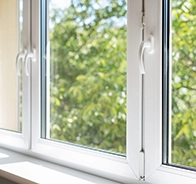
Repair or Replace Cracked or Leaky Window
-
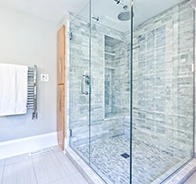
Glass Shower Installation or Repair
-

Install Custom Glass Mirrors
-
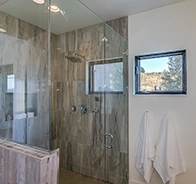
Protect with Hydrophobic Coating
Special Offers
Check out the latest competitive savings on the best auto, home, and business glass repair and replacement services in the industry.
Client Transformations
Experience, reliability, and quality workmanship have made Glass Doctor one of North America’s top choices for glass repair, glass replacement and installation services. Whether you need a living room window repair, a windshield replacement, or you’re looking to upgrade your storefront, the experienced pros at Glass Doctor will get the job done right!
Customer Reviews
View All Reviews
The Neighborly Done Right Promise® delivered by Glass Doctor®, a proud Neighborly company.
FAQ About Home Window Tinting
If you’re looking for expert home window film or home window tinting services, you’ve come to the right place. Home window tinting can improve energy efficiency, reduce glare, and enhance privacy in your home. Check out our FAQs to learn more about the benefits and care of window tinting.
General Overview Tint Types, Options & Styles Installation Process
Helpful Resources
-
.webp)
How to Clean Window Screens
A dirty window screen impedes your view and can even spread dust and allergens throughout your home! Impacted dirt and debris may
Nov 20 2025 -
.webp)
How to Remove Limescale from Shower Doors
Cleaning the shower is an obnoxious but necessary chore if you want the tiles and glass to sparkle. One of the most dreaded aspect
Nov 20 2025 -
.webp)
Can Broken Glass in a Double Pane Window Be Repaired?
Glass Doctor explains why broken glass in a double-pane window cannot be repaired, only replaced.
Oct 03 2025

Join Our Team
At Glass Doctor, we have over 60 years of experience as a respected leader in the glass service industry. Our dynamic work environment allows team members to thrive, offering flexible scheduling, generous pay, and opportunities for professional growth. We are committed to excellence and treat our employees with the same respect and integrity that we extend to our customers.
